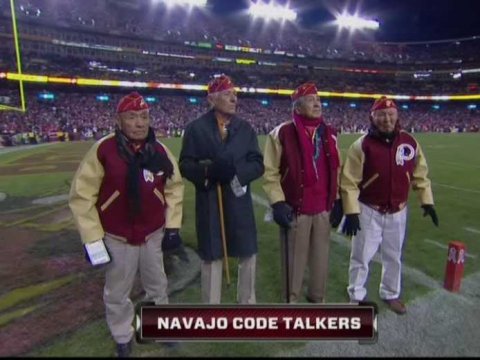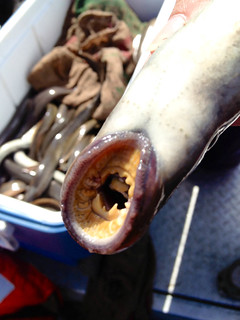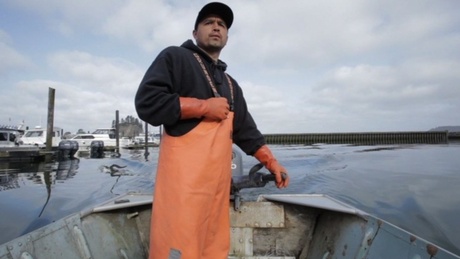By Rob Caprioccioso, Indian Country Today Media Network
Lucille Echohawk, executive director of the Denver Indian Family Resource Center (DIFRC), found herself this holiday season needing to be in Washington, D.C. for a board meeting of the National Museum of the American Indian, so she decided to turn the trip into a chance to do good for vulnerable Native children and their families.
“My travel was already paid for, so I couldn’t resist using the visit to D.C. to help raise awareness of our cause and to raise some funds for our work,” Echohawk said. “I’m very excited to rub shoulders with some old friends and to meet many new ones.”
Echohawk, a Pawnee Nation citizen and longtime Indian and tribal advocate, has been director of the DFIRC for about a year now. The organization was founded in early 2000 as a child welfare agency focused on meeting the needs of Indian children and families in the Denver area.
RELATED: Lucille Echohawk’s ‘Big Vision’: To Strengthen Communication Between Denver and Tribes
Echohawk said the goal of DFIRC is to assist families to avoid involvement with the child welfare system and to support and advocate for families already involved by offering services that build up the strength of Indian families. She said, too, that it provides assistance for other organizations who would like to do the same.
“Our practice model is in place for anyone who needs to use it,” said Echohawk, who added that she is so grateful to be able to be helping others. She’s long been committed to doing so, but it took on a renewed meaning for her after a scary experience last year when she was doing a water aerobics class at the local YMCA and her heart stopped. Since her recovery, those who are close to her say she has been even more enthusiastic and happy in both her life and work.
Still, there are challenges. Being the director of the non-profit organization in times of dwindling private and federal support requires constant outreach and fundraising, said Echohawk, who formerly worked several years for Casey Family Programs as a senior Indian Child Welfare Act specialist and strategic advisor.
“It’s a lot of work, especially in this funding climate, but we are doing it for the children and families who need the most help,” she said.
But she is not deterred. Having worked in D.C. in the 1970s and having many family members who have been involved in the world of politics – including the retired Assistant Secretary—Indian Affairs Larry Echo Hawk at the Department of the Interior – she started listing names of folks she knows in Washington. She soon had an impressive list of invitees—some of whom turned out to want to help out as hosts and donors. LaDonna Harris soon helped make some connections, and fellow women warriors, like Kimberly Craven, Shannon Finley, and Rebecca Adamson were quick to follow suit, with longtime Indian advocate Ed Gabriel signing on to be committee chair. Invites have since gone out to many Indian-focused officials across Washington.
“Everyone has been so nice in helping out,” Echohawk said, noting this is the first time the organization has held an event of this nature outside of the Denver metropolitan area. “It shows how committed they are to caring for Indian children and youth.”
The reception, which Echohawk hopes will attract at least 50 guests with a suggested donation of $200, will be held at Bobby Van’s Steakhouse in downtown D.C. on December 2. To those who may be interested in attending, she suggested they contact staffer Diane Waters at dwaters@difrc.org.
Besides offering the opportunity to connect with Echohawk and friends, the event will feature a silent auction with the chance to purchase artwork by Navajo artist Pabilta Abeyta, Taos designer and Project Runway finalist Patricia Michaels, Pawnee/Ojibwe artist Raymond Nordwall, Crow artist Kevin Red Star, and Pawnee/Yakama Artist Bunky Echo-Hawk.
For those who can’t be in Washington for the event but who would like to help out, Echohawk pointed out that the organization is accepting donations through Colorado Gives. That effort is called the 7th Generation Campaign and is intended to increase understanding and support of Native families as they deal with today’s complex challenges and prepare for tomorrow.
“It would be nice to see a lot of goodwill at this time of year,” Echohawk said. “What a better holiday gift than to help Native children and families?”
Read more at http://indiancountrytodaymedianetwork.com/2013/11/27/lucille-echohawk-hold-holiday-family-fundraiser-nations-capital-152452














